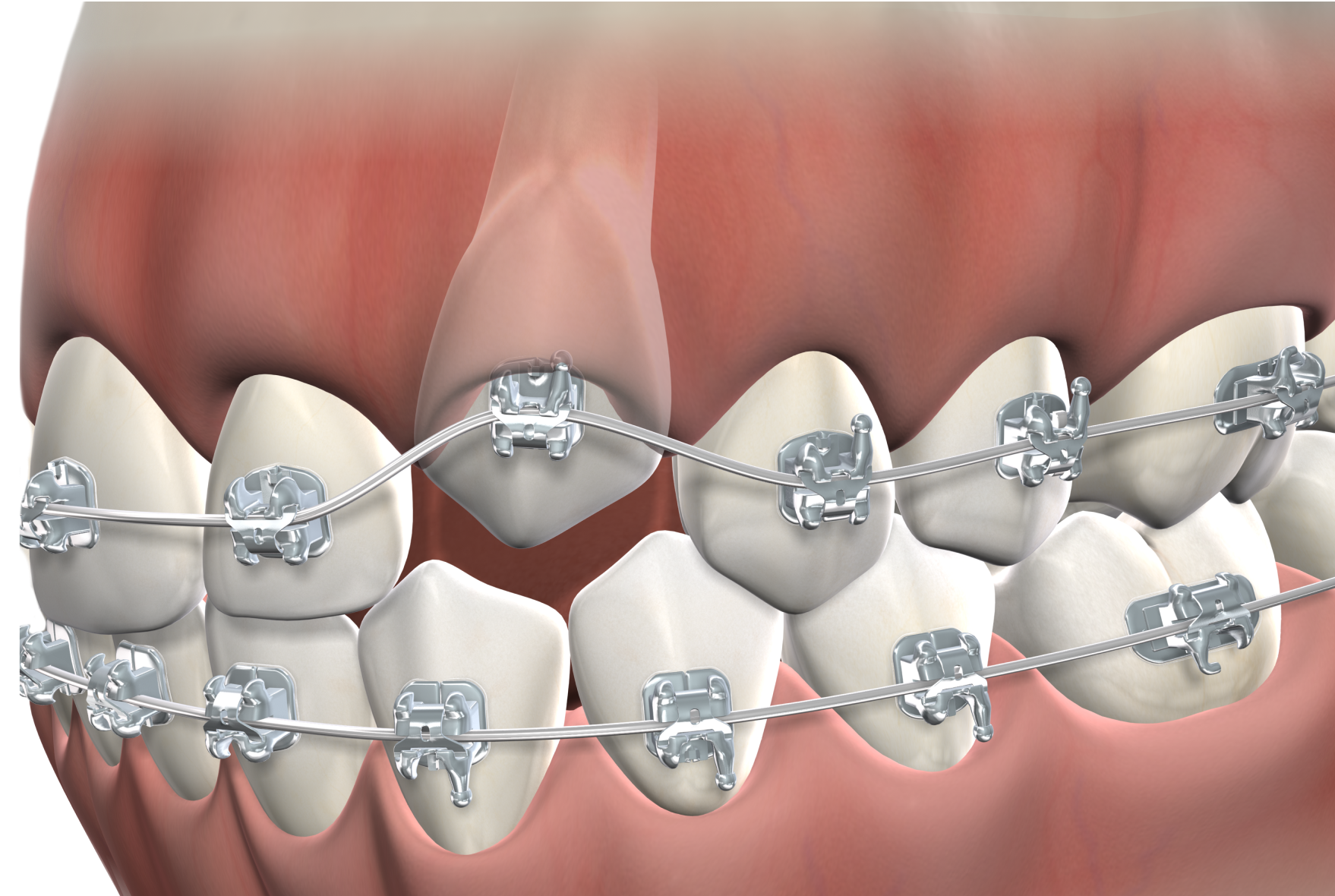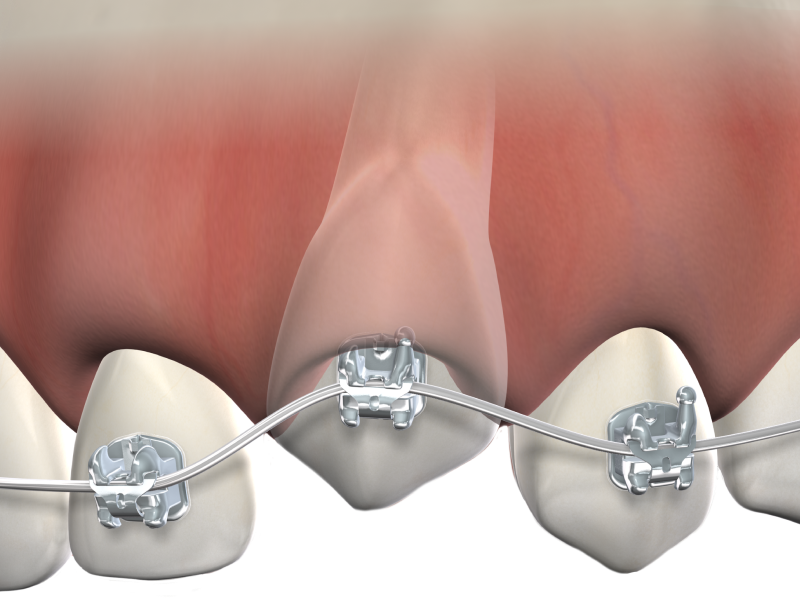Expose and Bond Treatment for Impacted Canines
Impaction occurs when a tooth is blocked from erupting through the gums and into its proper position in the mouth. The presence of bone and/or underlying gum tissue commonly causes impaction. Wisdom teeth and canines are particularly prone to this oral health issue, but impaction can happen to any tooth.Because wisdom teeth are not needed for oral function, they are simply extracted. Canine teeth, however, play a critical role in your oral health and ability to properly eat. If a canine tooth is impacted, every effort will be made to save the tooth and guide it into its position in the dental arch. For impacted tooth exposure in Sonoma and Napa, CA, contact Napa Sonoma Oral Surgery & Dental Implants. Dr. Tyler Boynton will create a treatment plan and work with your orthodontist to save and align the tooth.
What Causes an Impacted Canine Tooth?
A general dentist is often the first person to discover an impacted canine tooth. During dental checkups, your dentist takes X-rays of your teeth and will be able to see if any teeth are stuck beneath the gums or not developing properly. Once detected, the dentist will refer you to an oral and maxillofacial surgeon for treatment. This is why it’s important to maintain regular checkups with your dentist. The earlier an oral health problem is detected and treated, the better the outcome.
Canine teeth are can become impacted for several reasons:
- Unusual growths block the tooth’s growth path
- Baby teeth do not fall out in time
- Misalignment of other teeth
- Dental overcrowding, or too many teeth in the mouth
It is important to expose an impacted canine as early as possible to preserve oral health and function. Your child should begin seeing a pediatric dentist around the age of one or when the first baby tooth appears, whichever happens first. Your general dentist will monitor your child’s teeth as they grow and develop and will refer to an oral surgeon if any conditions, such as impacted teeth, are detected.
Importance of Canine Teeth
There are four canine teeth. There are two on the top arch and bottom arch on either end of the four front teeth. Canine teeth got their name from their resemblance to a dog’s fangs. They are the longest teeth and serve your oral health in many ways.
Canine teeth bite and tear food so that you can efficiently chew and swallow. They guide other teeth into their proper positions when they emerge in the dental arch and help you form words properly when speaking. They are the second most common teeth to become impacted, the first being wisdom teeth. While wisdom teeth are removed, canine teeth must be present in the mouth so that you can eat, speak, and so other teeth maintain alignment.
If a canine tooth is unable to be saved for any reason, your oral surgeon may discuss replacing the tooth with a dental implant. A dental implant will fuse to the jaw just like a natural tooth root, restoring total function and appearance of the missing tooth.
Expose and Bond Treatment
Exposing an impacted tooth requires a team effort between an orthodontist and an oral surgeon. At the consultation appointment, you will meet with Dr. Boynton, who will examine your or your child’s oral health. We will take 3D scans of the mouth and face to determine the exact location and treatment plan for the impacted tooth.
As a qualified oral surgeon, Dr. Boynton offers a variety of anesthesia and sedation options, and we will help select the right option for your needs prior to surgery. Local anesthesia and IV sedation are common anesthesia options used for exposing an impacted tooth, but all of your options and selection of pain management will be discussed during your first visit.
The first part of the treatment begins by making enough room in the mouth for the impacted tooth to come in. Your orthodontist will use braces to gently shift the other teeth into their new positions. Once space has been created, your oral surgeon will expose the impacted tooth during a minor surgical procedure.
Then, an orthodontic bracket is bonded to the tooth, and a small chain is placed to help the orthodontist guide the tooth into place as it grows in. The total duration of treatment can take several months or more, depending on if there are other orthodontic conditions that need to be corrected.
Hear From Our Patients
A Team Committed to Your Oral Health
We put patient safety and comfort at the forefront of our practice to ensure better oral health outcomes and experiences. Contact us to find out how our trusted team of oral surgery specialists can help you and your loved ones.





